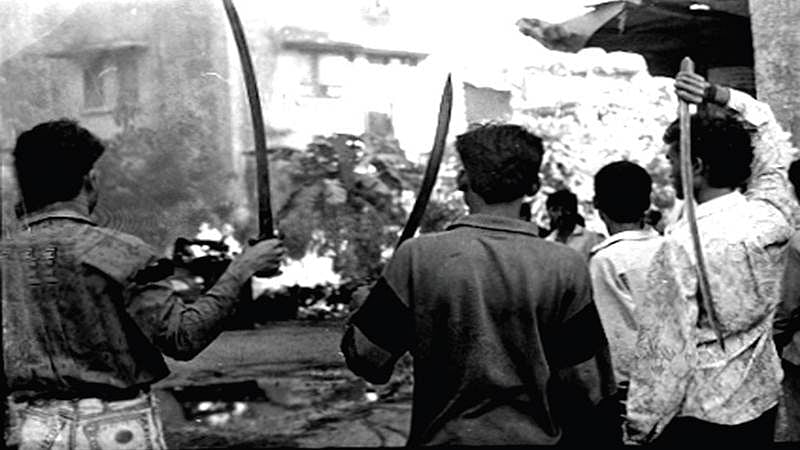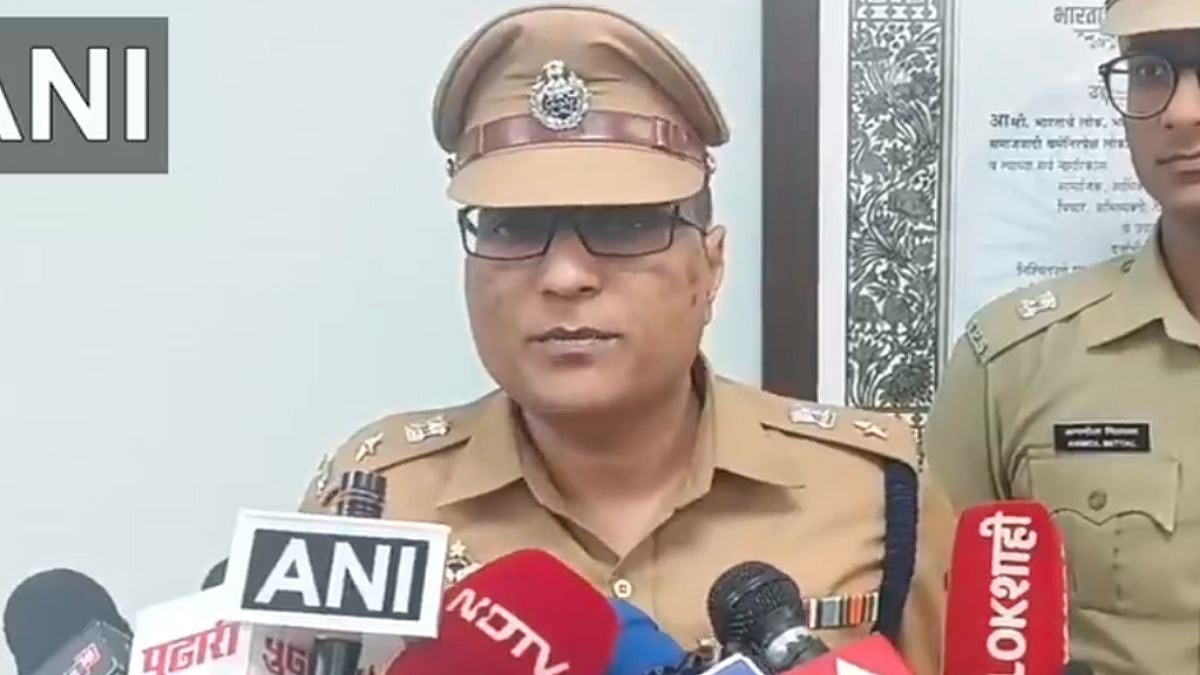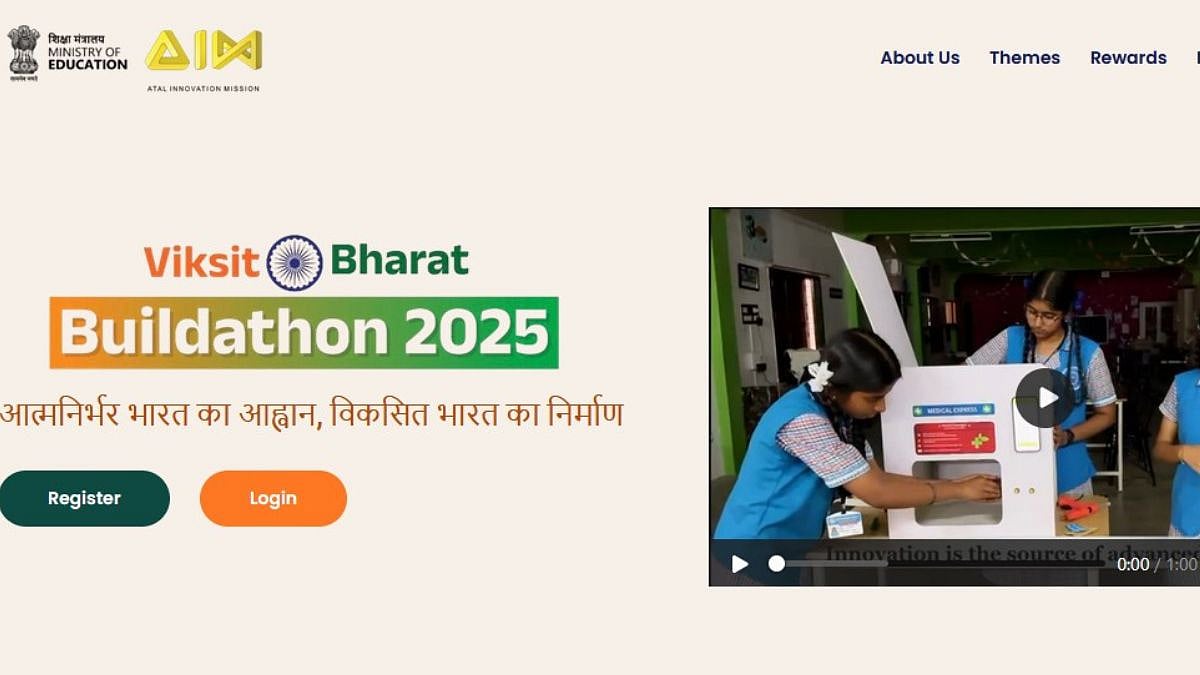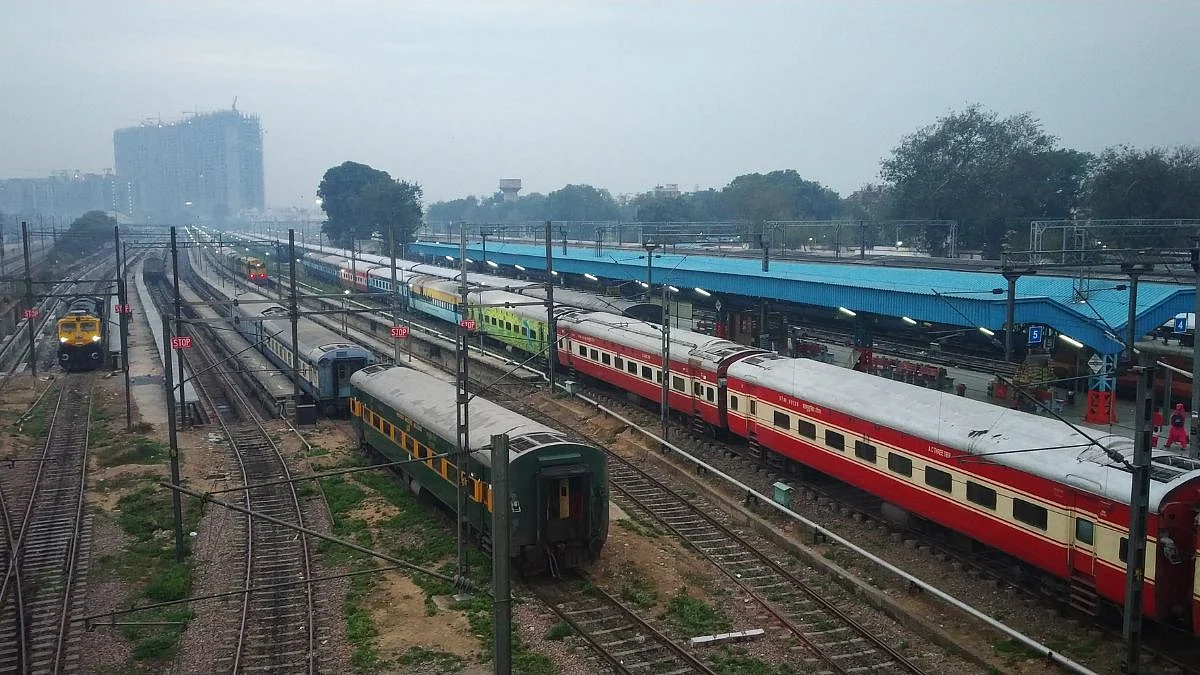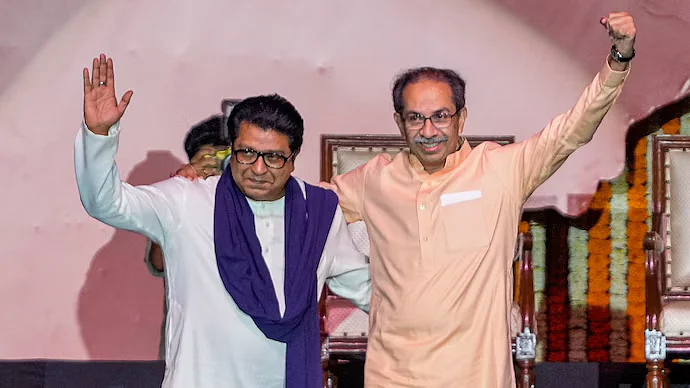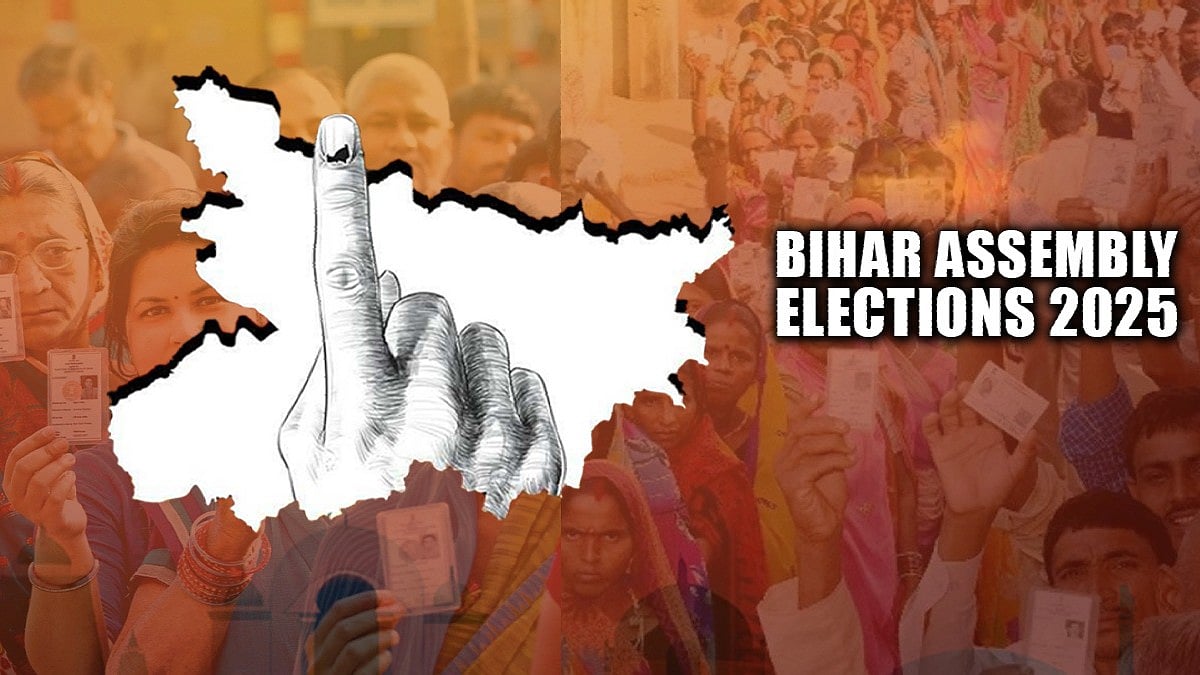Bombay 1992-93. This phrase is etched deeply in the hearts of citizens of Mumbai, especially of those who lived through those times. It’s been 24 long years, and public memories tend to fade, but some scars never really heal. And on anniversaries, the mind goes back to those traumatic times when the city burnt, for weeks, and set off a chain of events whose after effects are still with us.
For those who may not know or may have forgotten, the troubles began almost immediately after the news came of the shocking demolition of the Babri Masjid in Ayodhya on December 6. The state government had assured that this would not happen and Narasimha Rao, confident that the situation would not get out of control, went to sleep. (This has been confirmed even by his new biography.) But the mobs were uncontrollable, the police seemed helpless or disinterested and the BJP leaders could not or would not reign them in. Though L K Advani has said it was the saddest day of his life, his colleagues Murli Manohar Joshi and Uma Bharati weren’t sad — that one photo of them smiling and hugging says it all.
The ripples of the demolition were felt all over the country and reached Bombay swiftly. Tension had been building up and there was stray police firing on the night of the Dec 6. On the morning of Dec 7, there were reports of some people going on rampage protesting against the incident and temples were targeted. Police fired and killed 43 people. Things escalated swiftly enough and mosques were attacked in return and rumours of the death of various leaders began to float. The situation was brought under control by Dec 16 and things quietened down.
Matters escalated in early January when two Mathadi workers were stabbed in Dongri. After that it was looting, killing, arson and police firing. The infamous Suleiman bakery incident, in which police allegedly fired on unarmed workers – the police claimed they were attacked by Ak-47s – became a dark symbol of the mayhem. Completely innocent people were pulled out of cars and autos and killed.
What nobody can also not forget is the complete abdication of the political leadership. Chief Minister Sudhakar Naik couldn’t or wouldn’t call the army and when Narasimha Rao came to Bombay, he just sped through the city, stopping only at Nair Hospital.
The other notable feature was the attacks on not just places of worship but on shops, businesses and other places of economic activity. Shops owned by Muslims were targeted; in Mahim, timber marts were burnt down. The Sena was boycotting Muslim businesses. Vast numbers of people left the city, never to return again. In the end, 900 people were declared officially killed, more Muslims than Hindus.
The city was rocked and the public had lost faith in the police. One senior policeman told me, years later, that he was amazed at how poor the police’s image was among both communities. Bombay’s cosmopolitan character was destroyed and it is debatable whether it has since recovered. Ghettoisation now is a fact of life; people prefer to be among their own. It is no longer surprising to hear people make the most outrageous communal comments.
The worst part of the riots is that no one has been brought to justice. The Supreme Court is still hearing some of the cases and cops who were indicted have not been dismissed from the force. Manohar Sarpotdar of the Shiv Sena, who was found guilty after 15 years and was sentenced to one year’s imprisonment and a Rs 5000 fine, got bail immediately and never went to jail. He died in 2010.
Families and lawyers are still running all over the place hoping for justice. The bitter irony is that even Hindus who were affected, either by the looting or killing, have not been helped by the parties which claim to speak on behalf of Hindus. Everyone has been left to cope on their own. Riots help no one, not the victims or the perpetrators — they are just so much cannon fodder. It is only the politicians who gain. A year or so later the Shiv Sena and the BJP won the state elections for the first time and formed a government.
The Srikrishna Report into the riots makes chilling reading and names several people in the police force as being responsible for the killings. The report has simply vanished from the public eye and the governments are content to not rake up matters.
This is fairly typical of what happens in India. Slow justice and lack of accountability or punishment were seen in the cases of 1984 and 2002 communal riots. Powerful people get away with impunity, a few lowly foot soldiers are jailed, and the victims continue running from pillar to post. Their lives are ruined for all time. The shocking part is that even if the victims and their family were powerful – Ehsan Jafri is a good example – it is no easier to get proper justice, much less closure. The justice system, aided by a political system that stalls things, just fails to deliver.
The riots in the city changed its character forever. This is not the city it was. Things may have returned to “normal” and people may have forgotten the details, but somewhere deep in the city’s heart, the ache has not gone away and may never do.
The author is a Founding Editor of The Wire.
He is a journalist and writer based in Mumbai.
